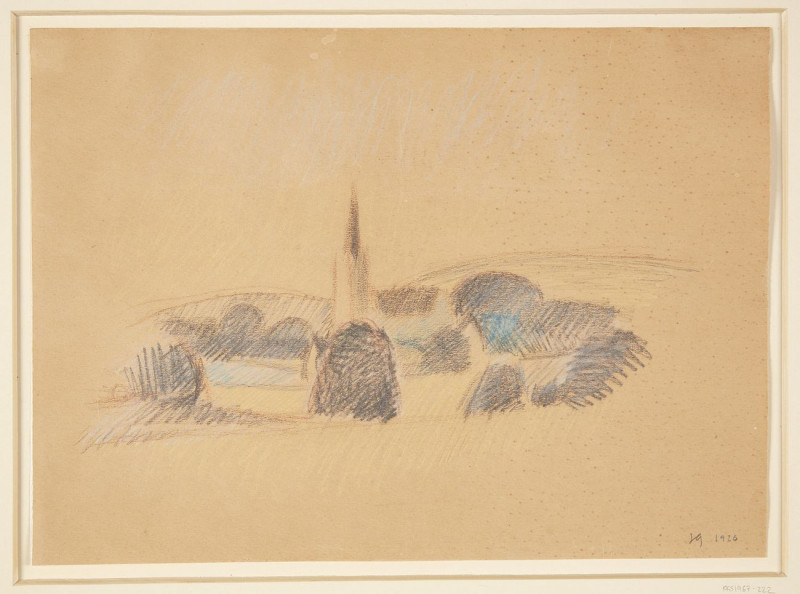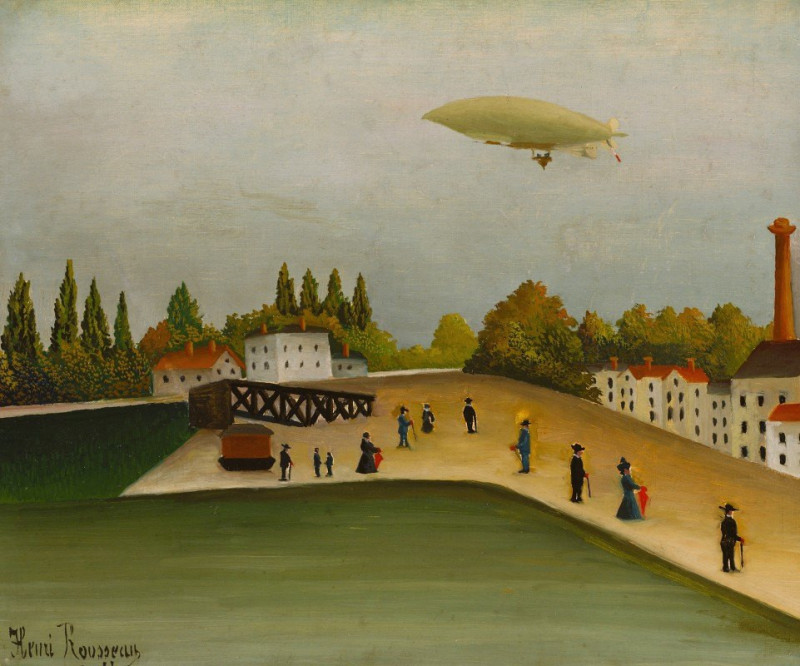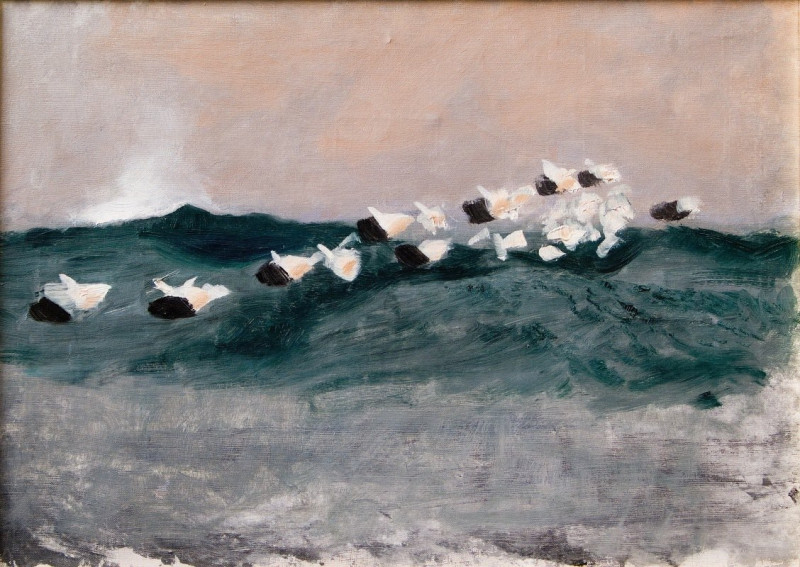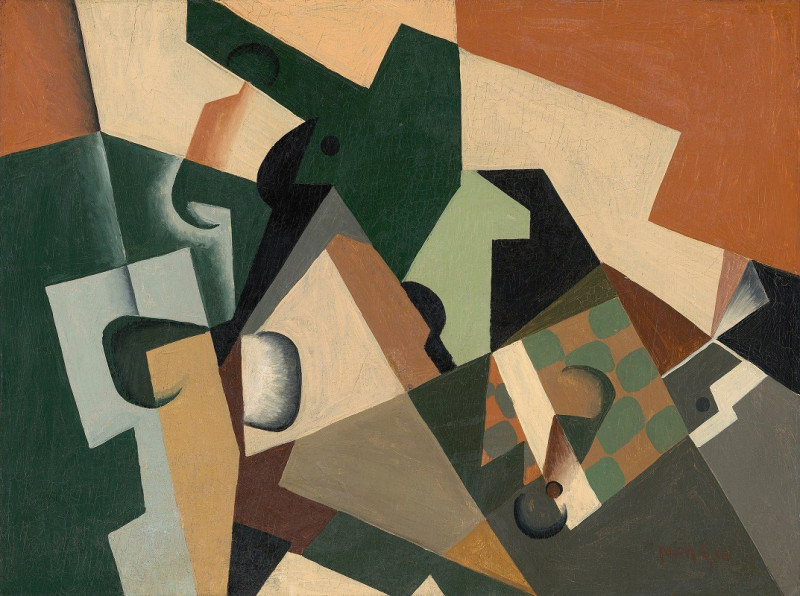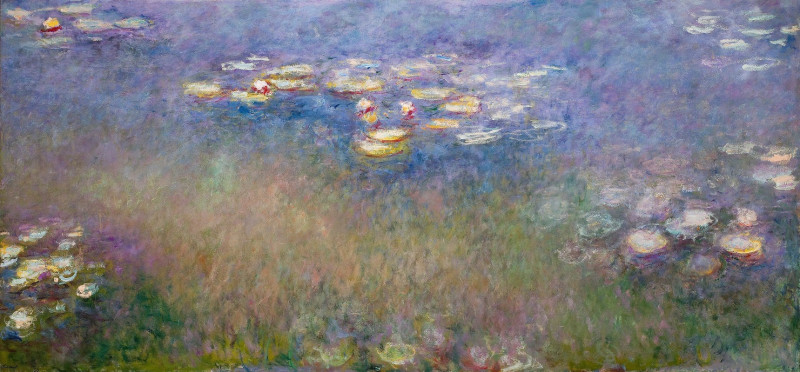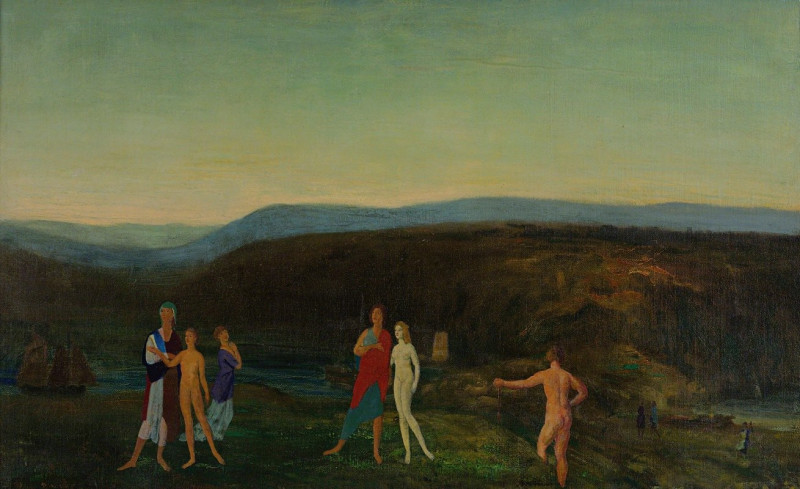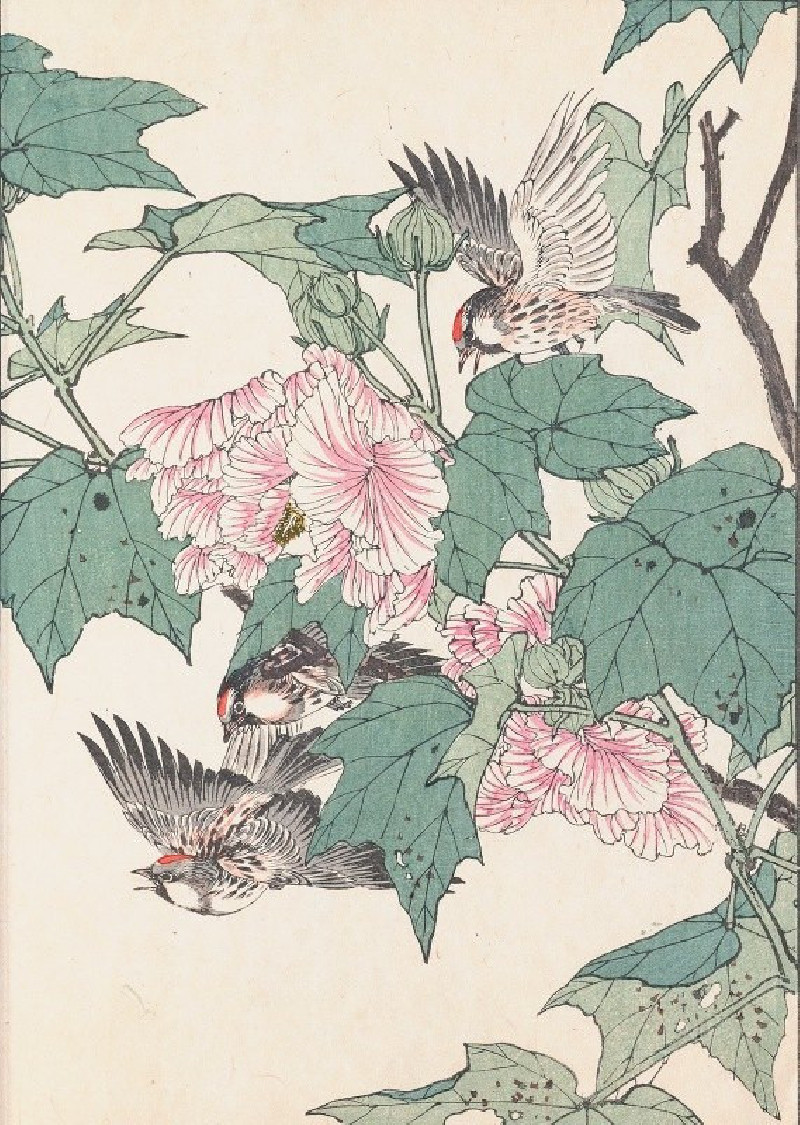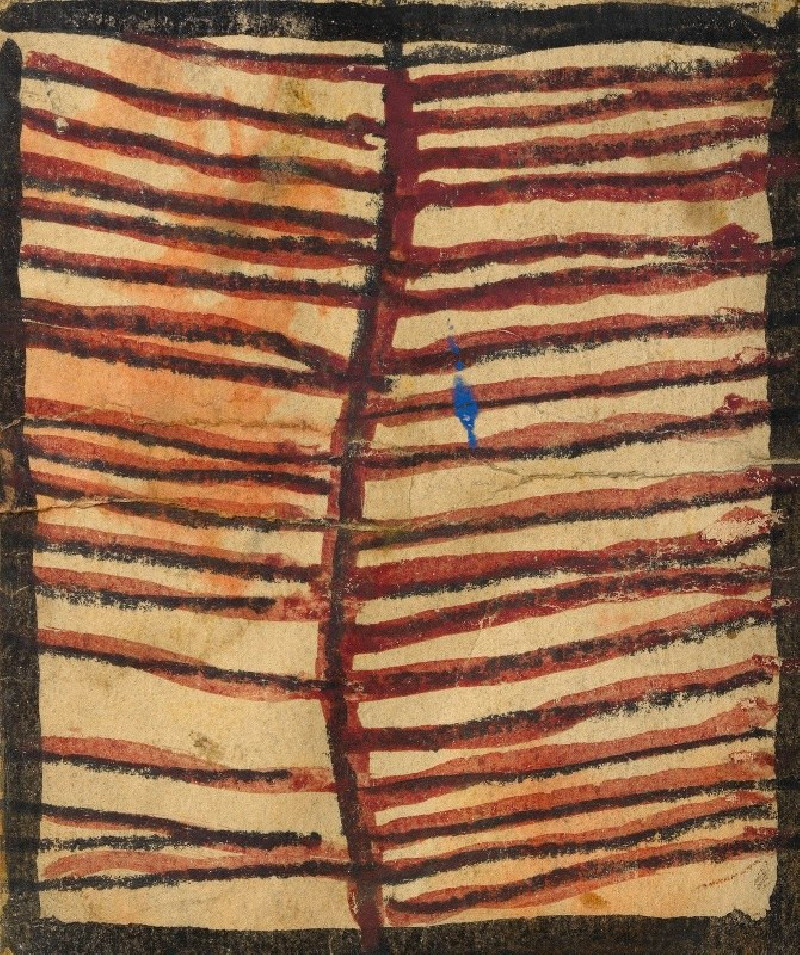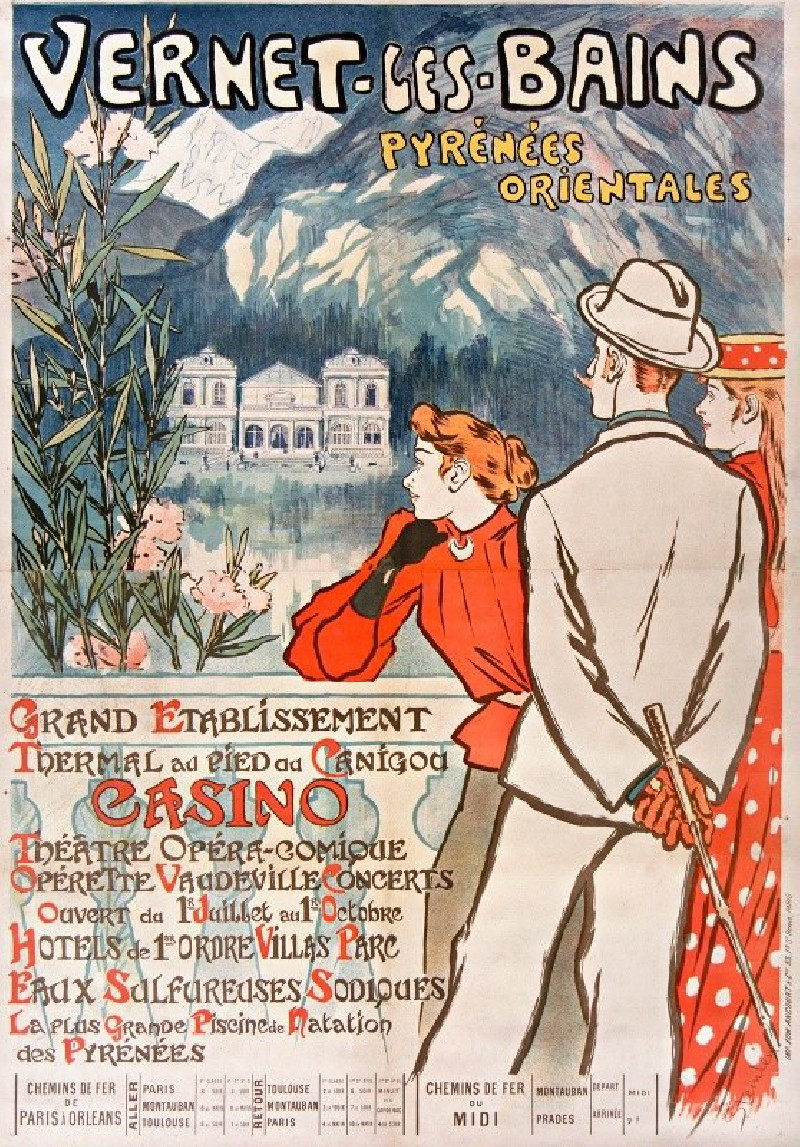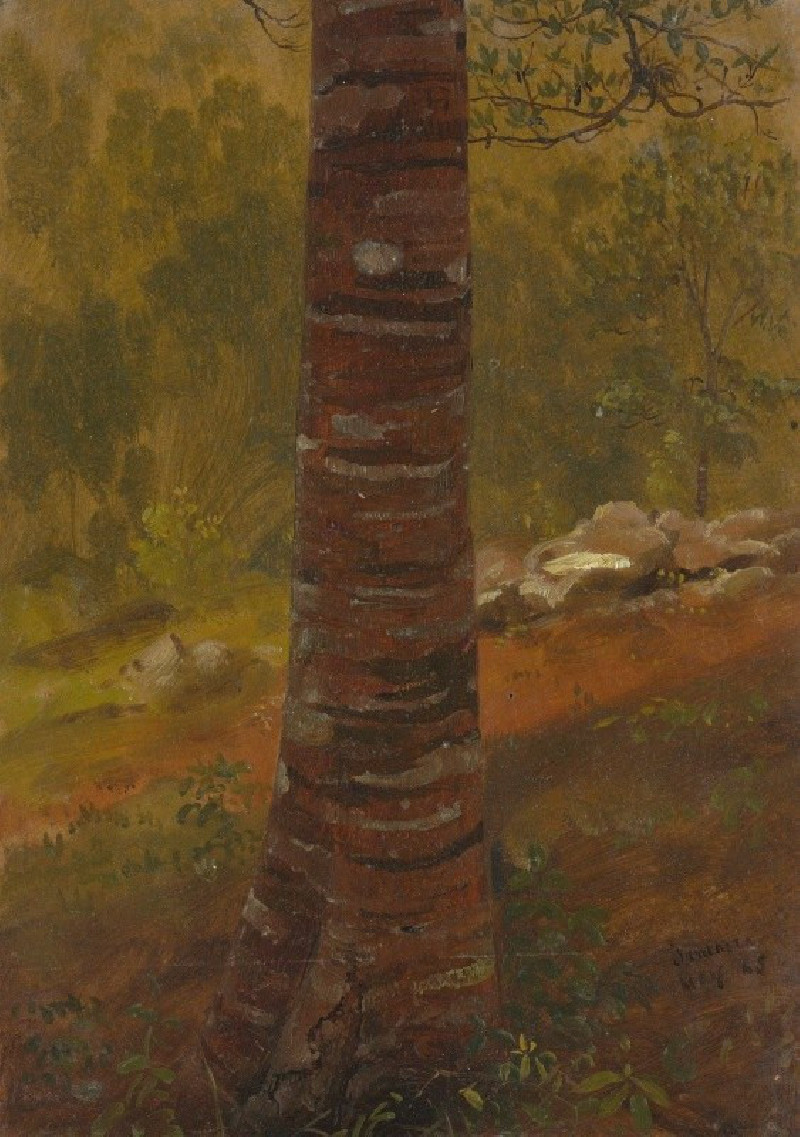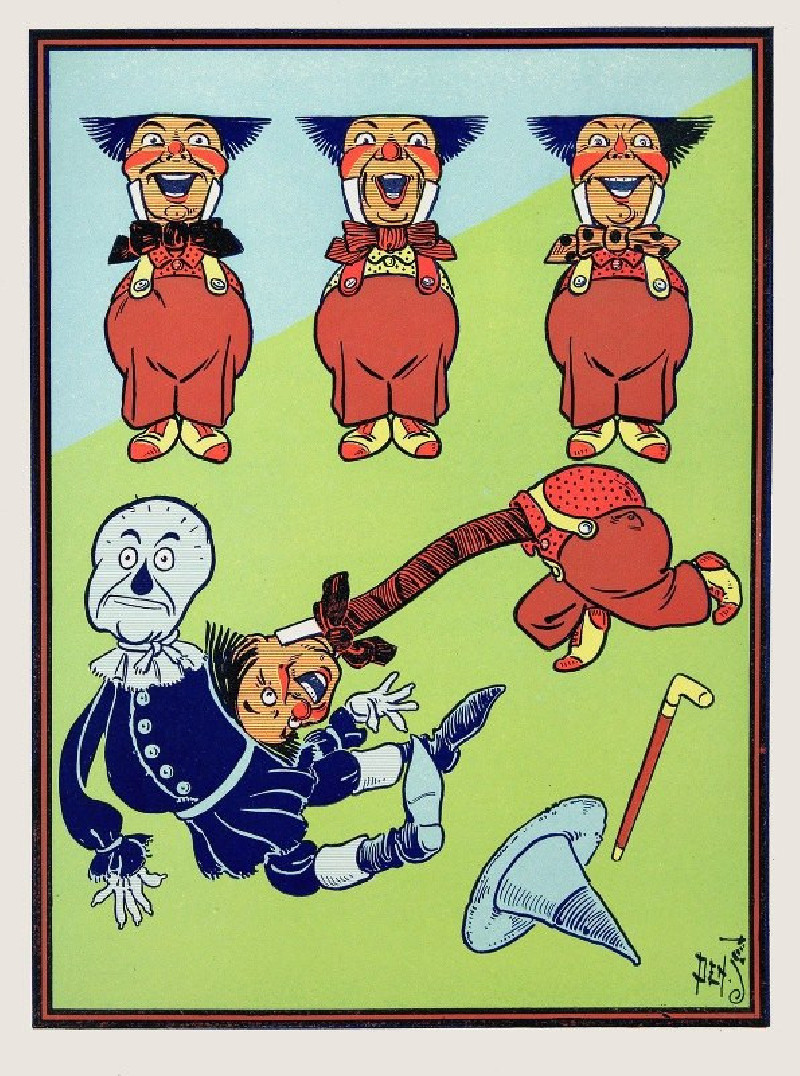Lamentation Over The Dead Christ
Technique: Giclée quality print
Recommended by our customers
More about this artwork
"Lamentation Over The Dead Christ" by Anthony van Dyck is a profound and emotionally charged painting that captures the sorrow and pain of Christ's followers after his crucifixion. In this masterful work, van Dyck depicts a tender scene where several figures mourn the lifeless body of Christ. The central figure, Jesus Christ, is gracefully laid out with a serene yet somber expression on his face, emphasizing his human suffering and divine sacrifice.To the left, a sorrowful Mary Magdalene, characterized by her flowing golden hair, gently touches Christ’s hand, her sadness palpable. Next to Christ, the Virgin Mary, cloaked in a dark robe, looks upwards, her eyes filled with despair, possibly seeking answers or solace from the heavens. Her expression and posture powerfully convey the weight of her grief.Adding to the celestial aura of the scene, a group of angels hovers to the right, their expressions ranging from anguish to resolve, suggesting their understanding of the profound significance of the event they are witnessing. The youngest angel, in particular, reaches out towards Christ, a gesture that bridges the divine and the earthly realm.The overall composition, with its dynamic yet harmonious arrangement of figures and the subtle interplay of light and shadow, highlights van Dyck’s skill in creating emotional depth and spiritual intensity. This painting not only represents a pivotal moment in Christian narrative but also showcases the artist's ability to evoke empathy and reflection through his art.
Delivery
Returns
Sir Anthony van Dyck (1599 – 1641) was a Flemish Baroque artist who became the leading court painter in England after success in the Spanish Netherlands and Italy.
The seventh child of Frans van Dyck, a wealthy Antwerp silk merchant, Anthony painted from an early age. He was successful as an independent painter in his late teens, and became a master in the Antwerp guild in 1618. By this time he was working in the studio of the leading northern painter of the day, Peter Paul Rubens, who became a major influence on his work.
































